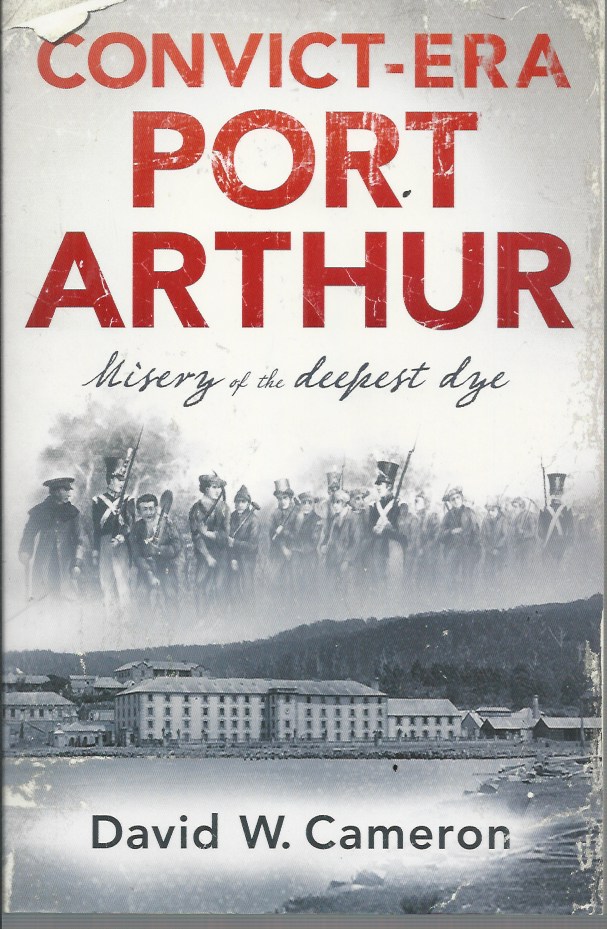AUSTRALIANA
Detailing the development of the prison and its outlying stations, including its dreaded coal mines and providing an account of the changing views to convict rehabilitation, Convict-era Port Arthur focuses in on a number of individuals, telling the story through their eyes. Charles O’Hara Booth, a significant commandant of Port Arthur; Mark Jeffrey, a convict who became the grave digger on the Island of the Dead; and William Thompson, who arrived just as the new probation system started and worked in the treacherous coal mines. Sourced from the detailed records held in archives at Hobart, Convict-era Port Arthur will for the first time provide a comprehensive history of Port Arthur, its horrors and its changing role over a fifty-year period. In gripping detail, using the experiences and words of the convicts, soldiers and administrators who spent time there, David W. Cameron brings to life these deeply miserable days.
- 433 pages, 16 unnumbered pages of plates, : illustrations (some colour), maps ; 24 cm First Edition #020923 Includes bibliographical references ([411]-419) and index.
- Part 1. Before Port Arthur
- Part 2. Port Arthur 1827 to 1840 (Early days)
- Part 3. Port Arthur 1841 to 1853 (the probation system)
- Part 4. Port Arthur 1854 to 1877 (Post transportation)
- Epilogue
- Notes.
- Booth, Charles O’Hara, 1800-1851
- Jeffrey, Mark, 1825-1903
- Thompson, William
- Prisoners — Australia — Social conditions — 19th century
- Convicts — Australia — History
- Prisoners — Tasmania — Social conditions — 19th century
- Convicts — Tasmania — Port Arthur — History
- Prisoners — Australia — Social conditions
- Convicts — Australia — Social conditions
- Penal colonies — Australia — History
- Convicts — Tasmania — Port Arthur (Tas.) — History
- Penal colonies — Tasmania — History
- Port Arthur (Tas.) — History
- Australian
